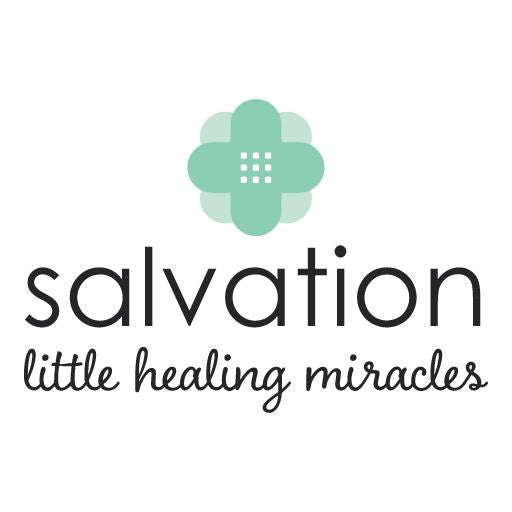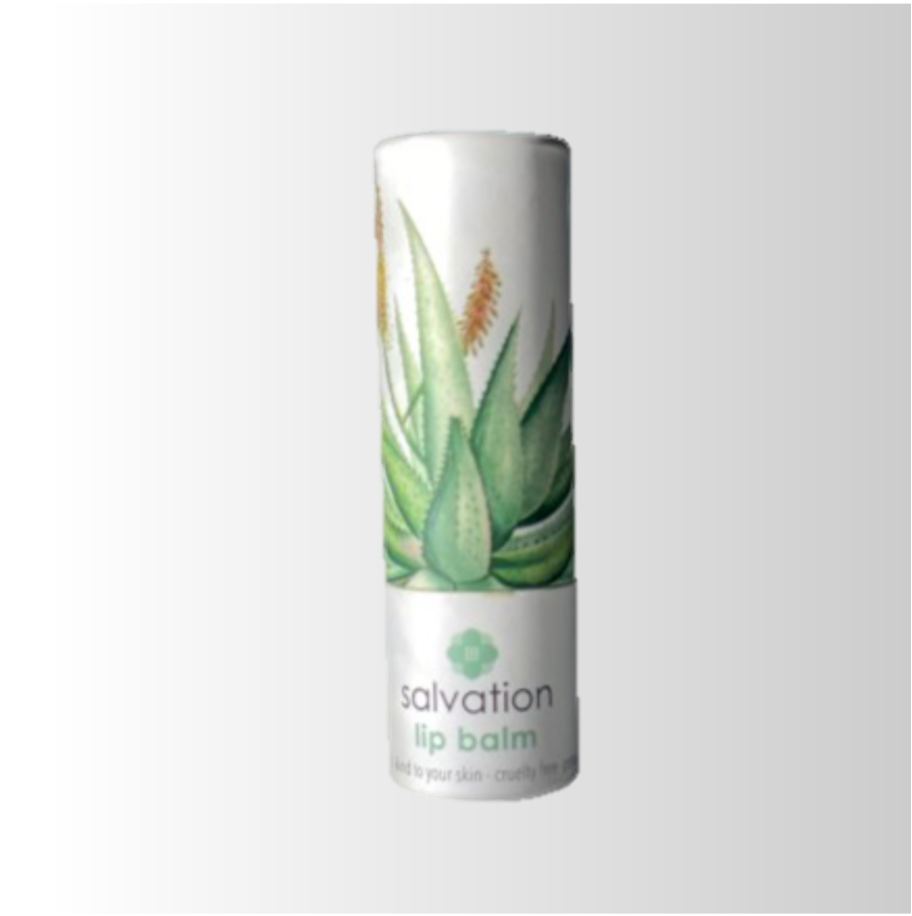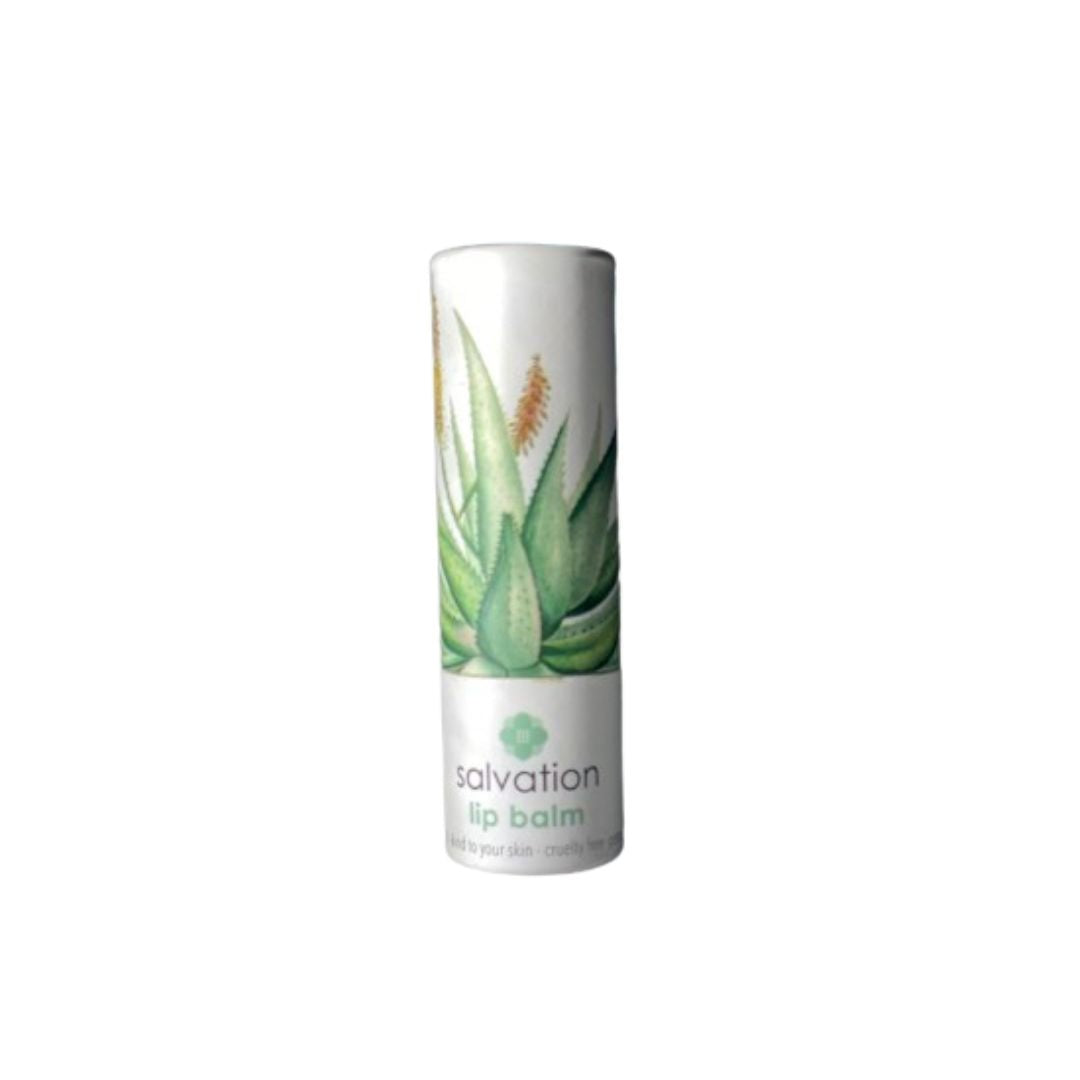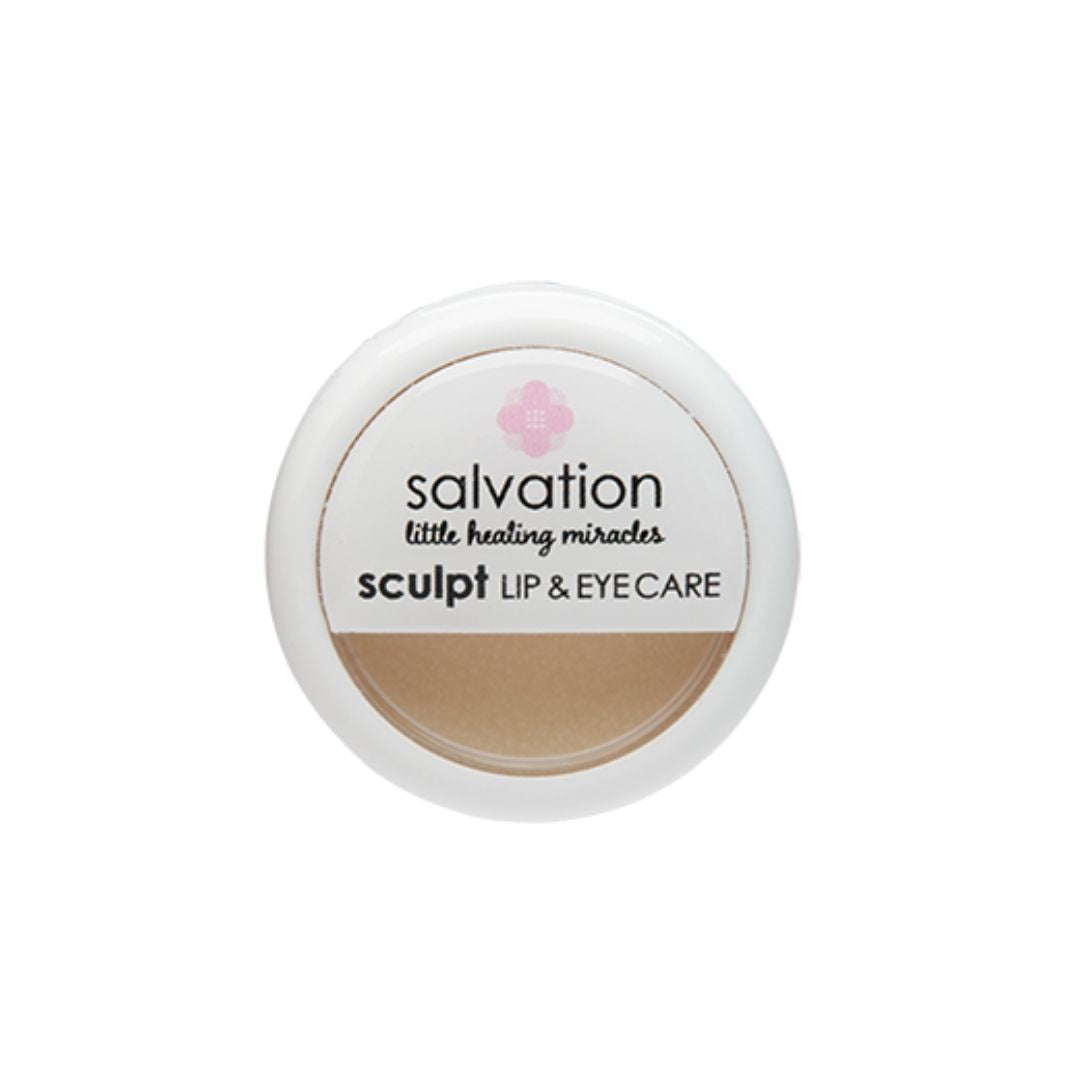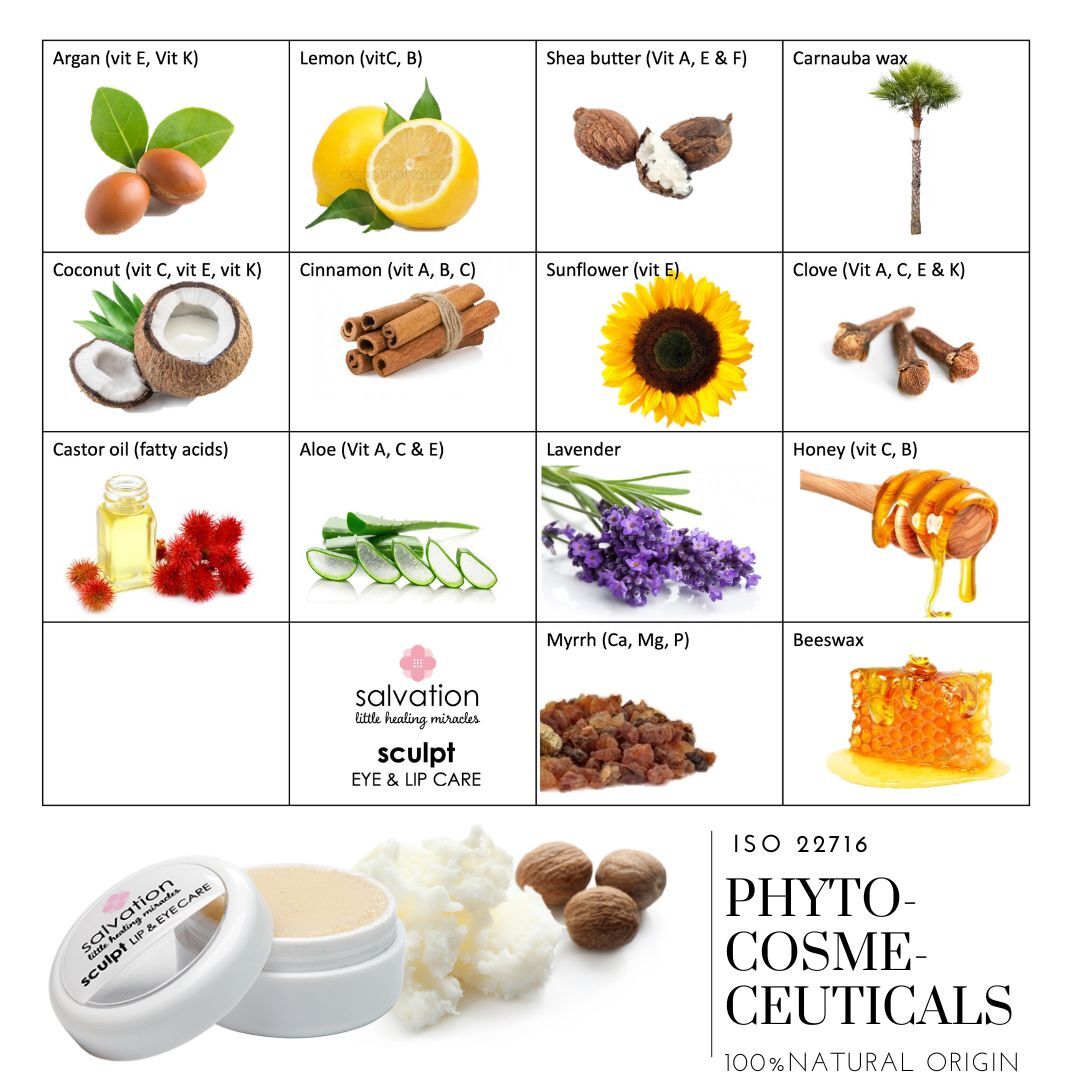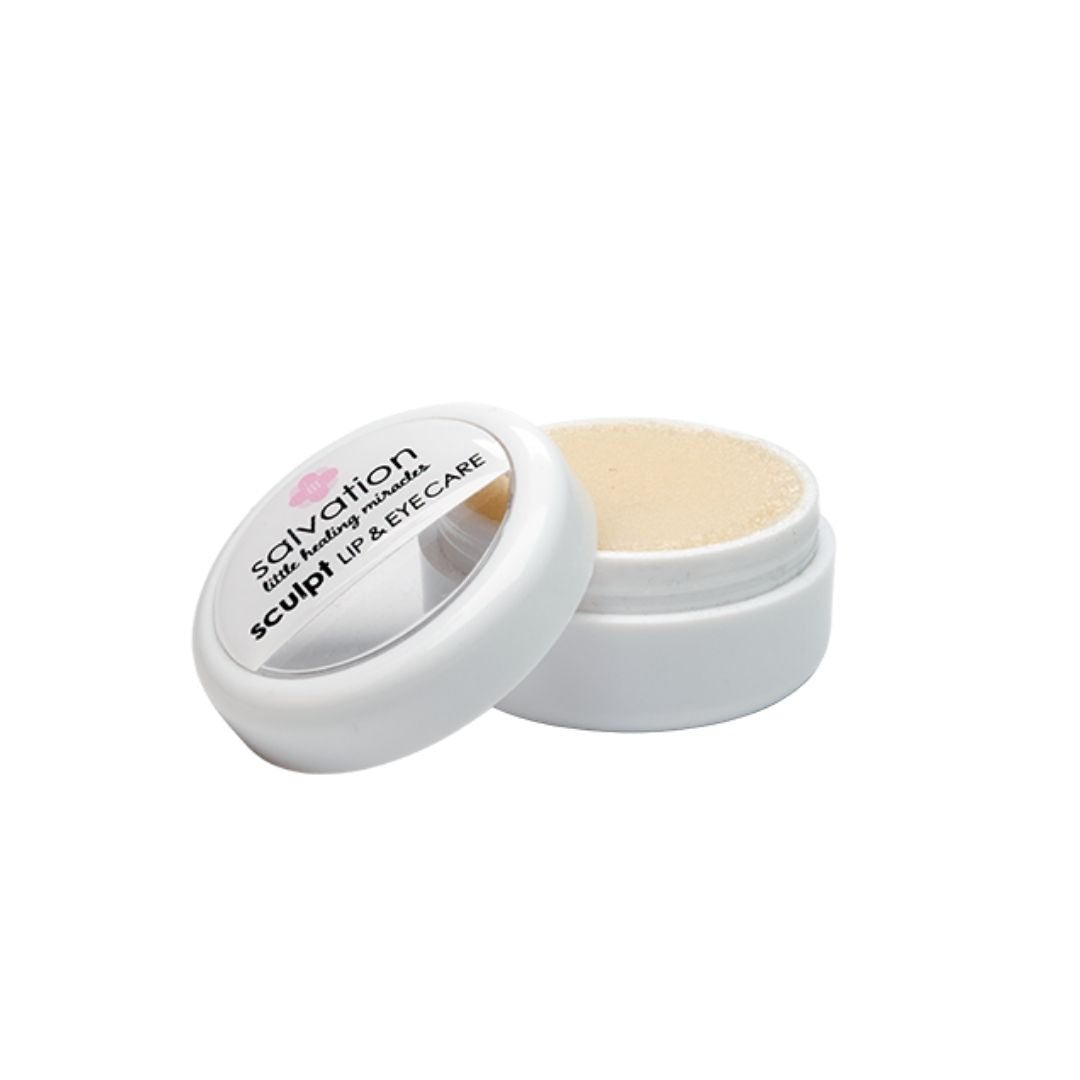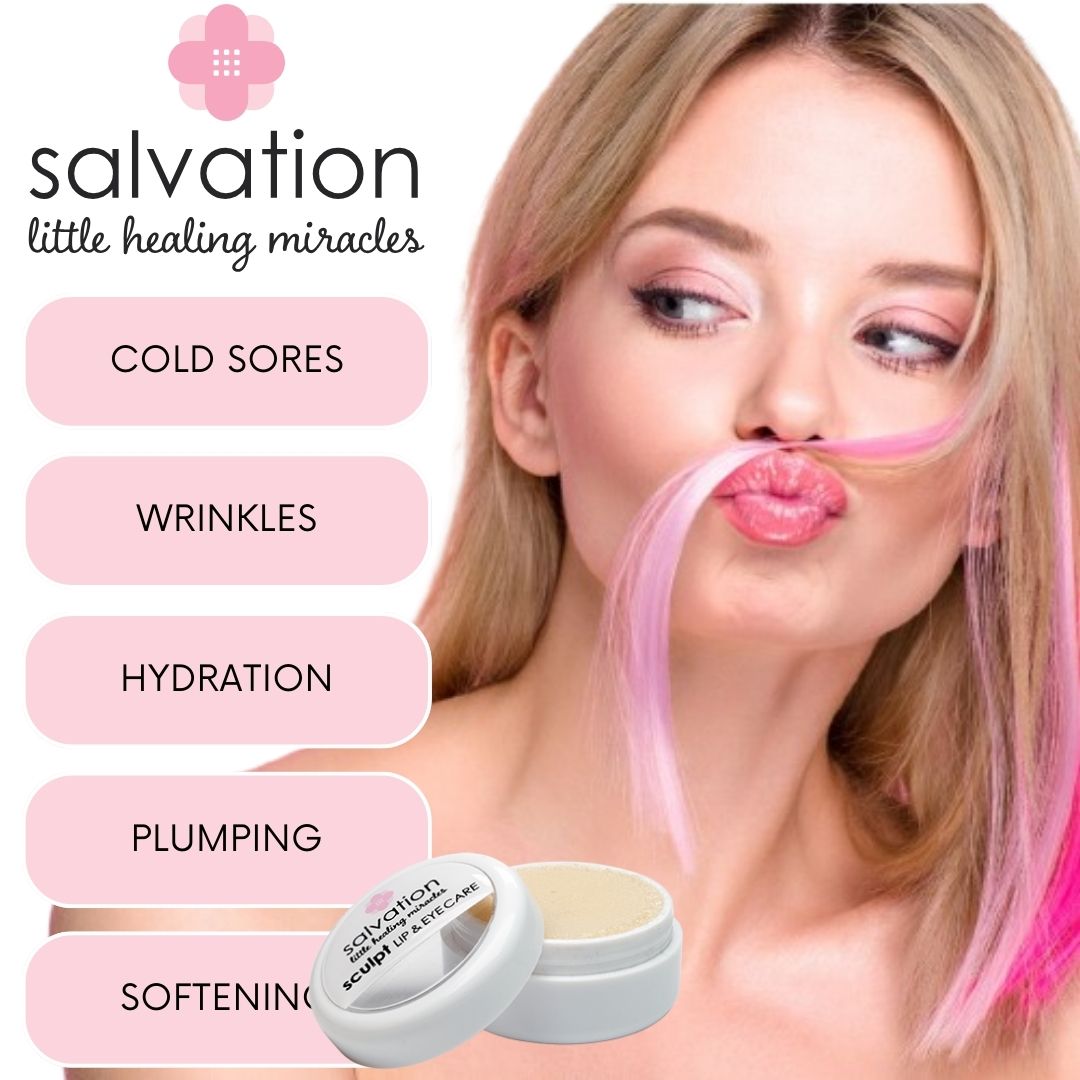Salvation little healing miracles
SCULPT eye & lip treatment
SCULPT eye & lip treatment
 2–3 Days Delivery
2–3 Days Delivery
 Pickup Available
Pickup Available
 14 Days Returns
14 Days Returns
Couldn't load pickup availability
Secure Payment Methods

This eye and lip treatment is highly nourishing, aiding in skin recovery for neglected, dry, or chapped lips. Enriched with fatty oils high in Vitamins A and E, this treatment effectively replenishes the skin. Plus, its plumping effect can reduce lines and wrinkles by promoting blood circulation and reducing oxidative stress.
- massage medium
- lashes & brow hair growth
- puffiness
- fine lines, wrinkles
- digital eyestrain
- nourish
- skin recovery (chapped, cracked corners, winters lips, cold sores)
- moisturizing
- plumping
- cuticle care
- toothache
- high lighter
CARE INSTRUCTIONS: none- just enjoy.
Product can be slightly softened when heated by your touch. If we make this product too soft, it melts during summer time.
This product is for assistance. Any medical conditions should be diagnosed and treated by medical staff. *This is to bring relief until medical attention is at hand.
How To Use
How To Use
DRY/CHAPPED/COLDSORES: Apply regularly for deep hydration and recovery to lip area.
DRY CUTICLES: apply to cuticles for nourishment
DRY EYE AREA with wrinkles: apply once a week and massage around the eyes and spend some time relaxing the pressure points.
FAQS
FAQS
Why do you suggest using this only once a week?
Why do you suggest using this only once a week?
This product is incredibly active and when used around the eye area for more than once a week, it could cause puffiness as the ingredients are very stimulating. We use this product to do draining massage movements; during face yoga to remove excess fluids away and dark circles form eye area. In this case TOO MUCH of a good thing, is literally TOO MUCH.
HOWEVER: using this frequently on the lips would be lovely as it actually plumps the lips.
ingredients
ingredients
Main Ingredients (Functions and Attributes)
Main Ingredients (Functions and Attributes)
Ricinus Communis (Castor) Seed Oil, Hydrogenated Castor Oil,
Butyrospermum Parkii (Shea) Butter,
Coco Nucifera (Coconut) Oil,
Copernici Cerifera (Carnauba) Wax,
Argania Spinosa (Argan) Oil,
Helianthus Annuus (Sunflower) Seed Wax, Mel (Honey),
Aloe Barbadensis Leaf Extract,
Lavandula Angustifolia (Lavender) Oil, Cinnamomum Cassia Oil,
Commiphora Myrrha oil,
Citrus Medica Limonum (Lemon) Peel Oil
Added Ingredients (Functions and Attributes)
Added Ingredients (Functions and Attributes)
Caprylic/Capric Triglycerides,
Cera Alba (Beeswax),
Glyceryl Citrate/Lactate/Linoleate/Oleate, Polyglyceryl-4 Cocoate,
Polyglyceryl-3 Caprate,
Glyceryl Caprylate,
Product Info
Product Info
Fast recovery from irritating sores & dry chapped skin but also moisturizing and preventing wrinkles.
Tips
Tips
TIP 1: When you wear braces, this is most handly for pain relief and cold sores. You can apply it in the mouth- it tastes much better than stingstop.
TIP 2: When doing face yoga this is a great medium to give you slip.







Why Salvation Skincare?



I tend to chew on the inside of my lip out of habit, and this lip balm helps the lip heal when my biting accidentally tears into live flesh. I love the flavor of the lip balm and it really keeps the lips feeling moisturized for a long time.
Wow i received my parcel with ALL my products and the results are just amazing. I am so happy i have finally started the Salvation journey! Thank you for amazing products. I love the eye and lip balm. Just nourishes and feels so fabulous. Thank you to the salvation team. Jeanette i am so happy. Thank you!!
